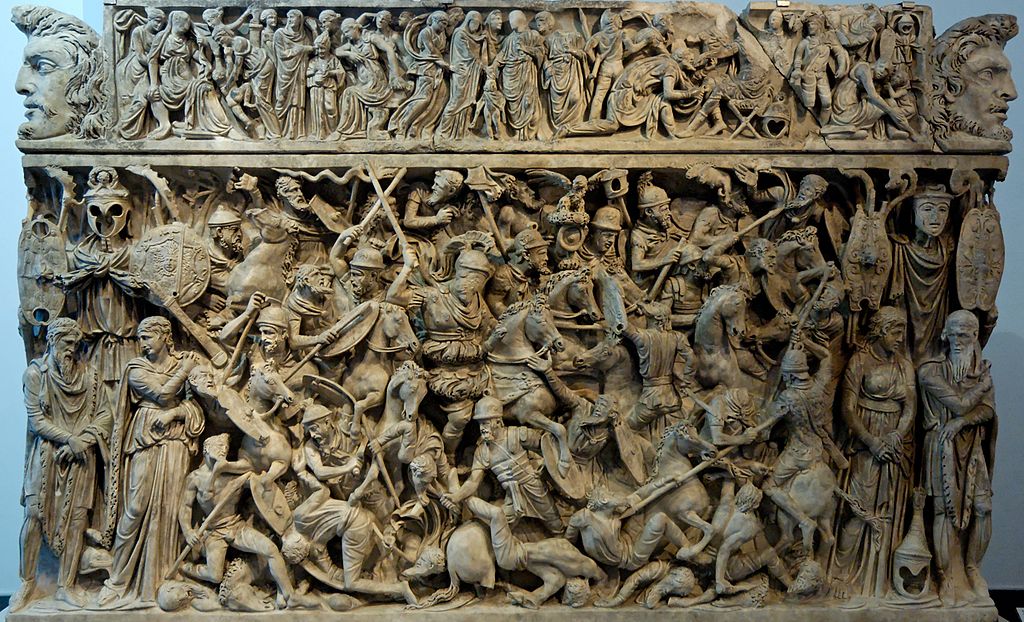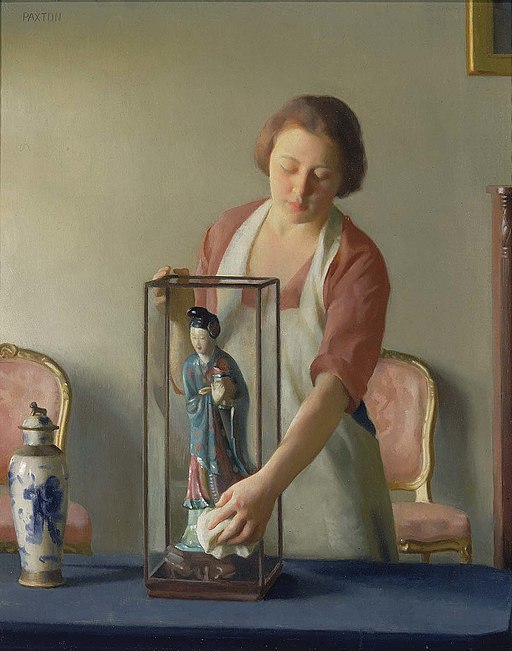
This “Cult Statue Head of Diana” is an idealized, conservatively styled, large-scale sculpture fragment discovered near Lake Nemi’s famous temples, south of Rome, Italy.
Originally she would have been adorned with a bronze or gold diadem and honor in a temple dedicated to the goddess.
This statue was found near the modern-day Lake Nemi, which was referred to by ancient poets as “Diana’s Mirror,” it is a small circular volcanic lake. In Roman mythology, Diana was the goddess of the hunt and had the power to control animals.
Diana was worshipped in ancient Roman religion, and oak groves and deer were especially sacred to her.
“Diana of Nemi,” also known as “Diana of the Wood,” was an Italic form of the goddess. She became Hellenised during the fourth century BCE and conflated with the Greek goddess Artemis.
The lake was sacred to the goddess Diana and was a famous site for its festivals. Near the sanctuary of Diana were found some smaller bronze statues of draped women and men, each holding libation bowls and incense boxes.
Diana the Roman Goddess
Diana is the Roman goddess of the hunt, the Moon, and nature, associated with wild animals and woodland.
She is equated with the Greek goddess Artemis, and absorbed much of Artemis’ mythology early in Roman history, including a birth on the island of Delos as the daughter of Jupiter and a twin sister to Apollo.
Diana was known as the virgin goddess of childbirth and women. She was one of the three maiden goddesses, along with Minerva and Vesta, who swore never to marry.
Unlike the Greek gods, Roman gods were initially considered to be divine powers of presence and will that did not necessarily have a physical form.
At the time Rome was founded, Diana and the other major Roman gods did not have much mythology or any depictions in human form. T
he idea of gods as having anthropomorphic qualities and human-like personalities and actions developed later, under the influence of the Greek culture.
Once Greek influence had caused Diana to be considered identical to the Greek goddess Artemis, Diana acquired Artemis’ physical description, attributes, and variants of her myths as well.
Like Artemis, Diana is usually depicted in art wearing a short skirt, with a hunting bow and quiver, and often accompanied by hunting dogs. A 1st-century BCE Roman coin depicted Diana with a unique and short hairstyle.
Artemis, the ancient Greek Goddess
Artemis was the daughter of Zeus and the twin sister of Apollo. She was the patron and protector of young girls and was believed to bring disease upon women and relieve them of it.
Artemis was worshipped as one of the primary goddesses of childbirth and midwifery. Like Athena and Hestia, Artemis preferred to stay a maiden and was sworn never to marry.
Artemis was one of the most widely revered of the Ancient Greek deities, and her temple at Ephesus was one of the Seven Wonders of the Ancient World.
Artemis’ symbols included a bow and arrow, a quiver and hunting knives, and the deer, and the cypress was sacred to her. The ancient Spartans used to sacrifice to her as one of their patron goddesses before starting a new military campaign.
In Greek classical art, she is portrayed as a maiden huntress, young, tall, and slim, clothed in a girl’s short skirt, with hunting boots, a quiver, a bow, and arrows. Often, she is shown in the shooting pose and is accompanied by a hunting dog or stag.
When portrayed as a moon goddess, Artemis wore a long robe and the crown of the crescent moon.
Rex Nemorensis
Near the temple of Diana was the sacred grove of Aricia. Here there was a priest called the Rex Nemorensis who would reign until a challenger killed him and replaced him.
According to the legend of Rex Nemorensis, the head of the priesthood of Diana at Nemi was held by a person who obtained that honor by slaying the prior incumbent in a trial by combat. The new head priest could remain at the post only so long as he successfully defended his position against all challengers.
However, a successful candidate was required to first test his abilities by plucking a golden bough from one of the trees in the sacred grove.
Cult Statue Head of Diana
- Title: Cult Statue Head of Diana
- Culture: Roman
- Provenience: Italy, Latium, Lake Nemi
- Period: Roman Period
- Date Made: 125 BC
- Materials: Marble
- Dimensions: H: 44.7cm; W: 28.5cm; D: 21cm
- Museum: Penn Museum
Diana, Goddess of the Hunt: Nemoralia
Diana Goddess
Explore the Pennsylvania Museum of Archaeology and Anthropology- Marble Portrait of Agrippina the Elder
- Herm of Herakles and Hermes
- Marble head of Emperor Caracalla
- Cult Statue Head of Diana
- Wine Transport Amphoras
- Greenstone Mask
- Egyptian Stela Fragment
- Sumerian Cone or Clay Nail
- Clovis Weapons & Tools
- Mayan Altar
- Shawabti of King Senkamanisken
- Coptic Pendant Crosses
- Jar Handles with Judean “Royal Stamp”
- Historical Objects of the Penn Museum
The Temple of Diana at Nem
The Temple of Diana at Nemi
The Temple of Diana at Nemi: Oil Lamp
~~~
“The only wealth which you will keep forever is the wealth you have given away.”
– Marcus Aurelius
~~~
Photo Credit: GM
Popular this Week








 Sponsor your Favorite Page
Sponsor your Favorite Page SEARCH Search for: Search Follow UsJoin – The JOM Membership Program
Sponsor a Masterpiece with YOUR NAME CHOICE for $5
Share this:
- Tweet
